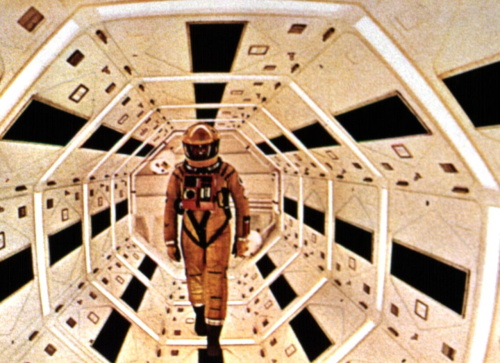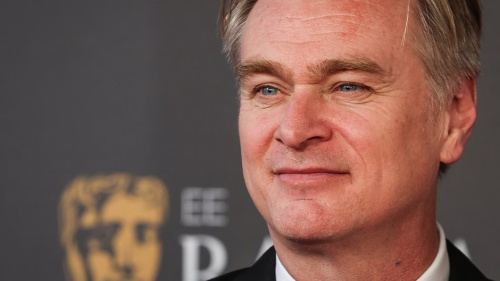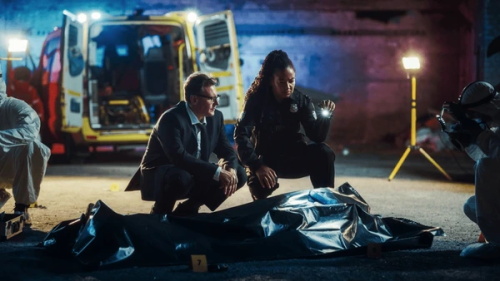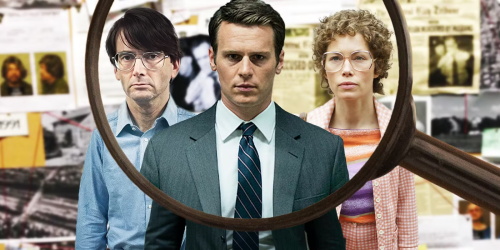
In an era dominated by cinematic universes, CGI-laden blockbusters, and instant streaming, it can be easy to overlook the timeless gems of classic cinema. Yet, revisiting these iconic films is more than an exercise in nostalgia; it’s a journey into the roots of storytelling, craftsmanship, and cultural significance. Classic movies remain essential today, not only for their artistic merit but also for the enduring lessons and emotions they continue to evoke.
The Foundation of Modern Filmmaking
Classic movies are the bedrock of contemporary cinema. Techniques that are now commonplace, such as montage, deep focus, or chiaroscuro lighting, were pioneered in films like Battleship Potemkin (1925), Citizen Kane (1941), and The Cabinet of Dr. Caligari (1920). These films challenged the conventions of their time, laying the groundwork for visual storytelling that modern filmmakers still emulate.
For instance, Alfred Hitchcock’s mastery of suspense in Psycho (1960) and Rear Window (1954) continues to influence directors like Christopher Nolan and Jordan Peele. Similarly, the sweeping epics of David Lean, such as Lawrence of Arabia (1962), have inspired contemporary blockbusters like Dune (2021). By revisiting these classics, we gain a deeper appreciation for the innovations that shaped the medium.
Timeless Themes and Universal Stories
Great films resonate because they tap into universal themes: love, loss, ambition, morality, and the human condition. Consider the social critiques of 12 Angry Men (1957), which explores the biases and responsibilities of jury deliberations, or the poignant romanticism of Casablanca (1942), which delves into sacrifice and duty during wartime. These narratives transcend their historical context, remaining relevant to modern audiences.
Classic cinema’s emphasis on storytelling also contrasts sharply with some contemporary films that prioritize spectacle over substance. Films like To Kill a Mockingbird (1962) and It’s a Wonderful Life (1946) remind us that at the heart of great cinema is a compelling story and characters that resonate across generations.
A Reflection of Cultural History
Classic films serve as cultural time capsules, offering insights into the societal norms, struggles, and aspirations of the eras in which they were made. Watching Gone with the Wind (1939) or The Grapes of Wrath (1940) reveals much about the Great Depression and American attitudes toward history and identity. Similarly, films like Guess Who’s Coming to Dinner (1967) confront issues of race and prejudice, reflecting the tumultuous social changes of the 1960s.
Through classic cinema, we can trace the evolution of gender roles, political ideologies, and technological advancements. They also allow us to engage critically with the prejudices and limitations of past societies, fostering a deeper understanding of our own cultural progress.
Rediscovering the Power of Performance
Classic movies often feature performances that are unforgettable, marked by nuance and emotional depth. Legends like Humphrey Bogart, Audrey Hepburn, and Marlon Brando have left indelible marks on the art of acting. Consider Brando’s raw intensity in On the Waterfront (1954) or Hepburn’s charm and grace in Breakfast at Tiffany’s (1961).
In an age where technology sometimes overshadows actors, revisiting these performances reminds us of the irreplaceable power of human emotion and expression in storytelling. Their authenticity creates connections that transcend time, proving that great acting is as essential as groundbreaking visuals.
The Enduring Allure of Cinematic Aesthetics
Classic films are often characterized by their meticulous craftsmanship. From the dramatic black-and-white cinematography of Sunset Boulevard (1950) to the lavish Technicolor visuals of The Wizard of Oz (1939), these movies possess a visual elegance that remains unparalleled. Directors paid close attention to framing, lighting, and set design, creating iconic moments that linger in our collective memory.
Furthermore, the limitations of early filmmaking technology often spurred creativity. Without reliance on computer-generated imagery, filmmakers had to innovate with practical effects, storytelling techniques, and sound design. This ingenuity contributes to the lasting charm of classics and inspires a newfound respect for their creators.
Why Revisiting Classics Matters Today
In our fast-paced digital age, revisiting classic movies provides a much-needed pause for reflection. It allows viewers to appreciate the art form in its purest, most unadulterated form, free from the distractions of modern-day marketing and franchise-building.
Moreover, classic films challenge viewers to engage with slower pacing and subtler narratives, fostering patience and critical thinking. They encourage us to step outside our cultural bubbles, connecting us with stories and perspectives from different times and places.
How to Start Exploring Classic Cinema
For those new to classic films, the sheer volume of options can feel overwhelming.
Choose by Genre or Era: If you’re a fan of science fiction, begin with Metropolis (1927) or 2001: A Space Odyssey (1968). For romance, try Roman Holiday (1953).
Focus on Renowned Directors: Explore the works of auteurs like Alfred Hitchcock, Billy Wilder, or Akira Kurosawa.
Join a Film Club or Online Community: Engaging with others can enrich your understanding and appreciation of classic movies.
Stream or Rent Restored Versions: Many classics are available in beautifully restored formats that enhance their visual and audio quality.
Balance Critical Thinking with Enjoyment: While it’s enriching to analyze themes and techniques, don’t forget to simply enjoy the experience.





